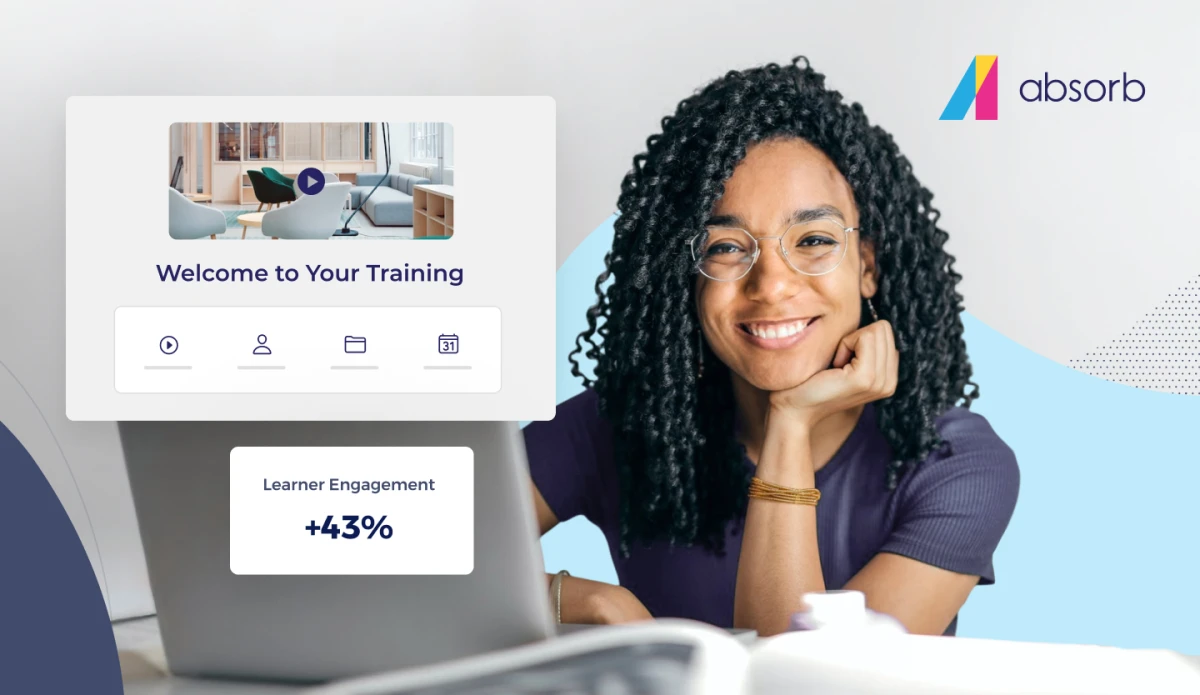Bench players in sports are often stars in the making waiting for an opportunity to shine. Organizations can apply this same concept and use succession planning best practices to prepare employees to assume future leadership positions. It can be a struggle for organizations to manage the gaps when key talent leaves—especially in a tight labor market. The Society for Human Resource Management reports that 32 million workers are older than 50 and many of them will be eligible for retirement in the next five years. For the best results, filling a leadership gap requires more than assigning the role to the person with the most seniority. Reporting tools in a learning management system offer you a method to evaluate skills, deliver training for the next level and assess management expertise. A succession planning approach built on data and analytics makes it possible to establish a strong roster of talent and fill leadership gaps with employees who are ready when the time arrives.
Evaluate & expand skills
To evaluate potential leaders, HR and L&D professionals need to facilitate a discussion about what makes a successful leader in the organization. Of course, that involves a job description and comprehensive competencies and skill sets. But you'll also want to identify the personality traits and behaviors required to support your organizational culture. Once abilities, behaviors and traits are identified, they can be mapped to training curricula that support succession planning. Then you can use the reporting tools within your LMS to evaluate bench strength, identifying who may already be eligible for a leadership role. Based on this review, the L&D team can tap into existing talent to fill vacancies, or create plans to ensure future leaders have the knowledge they need.
Provide learners with next-level training
To support succession planning efforts, many organizations create training programs dedicated to preparing next-level leaders. For example, a leadership development program may be used to provide targeted training in management, employee engagement and financial planning to up-and-coming leaders. In cases where a skills gap persists, completion of specific courses may be required prior to promotion to the next position. An LMS offers an efficient way to assign and track a high-performing employee's progress and readiness for the next role.
Assess management expertise
Many organizations rely on word of mouth to identify top talent—one manager says that an employee is a "natural leader," and everyone agrees another employee is the "strongest manager" in operations. Analytics provide an objective method to measure and assess management skills and leadership potential to supplement these subjective observations. For example, to identify a staff member's readiness to move on to the next level, HR leaders can review how well managers' direct reports perform in assigned courses. LMS reporting features can organize metrics, such as completion times, learner progress and assessment scores. Management can also review whether the potential leader is skilled at creating a strong bench of employees within their own team who are ready for promotion. Regardless of functional area, a strategic succession plan requires leaders and managers throughout the company to be aware of all the up-and-coming employees. This helps identify who should be considered when any key role opens up and highlights the need to recruit new talent if no one is prepared for the next role. Most importantly, succession planning best practices create an engaged internal bench that is prepared to uphold the organization.





